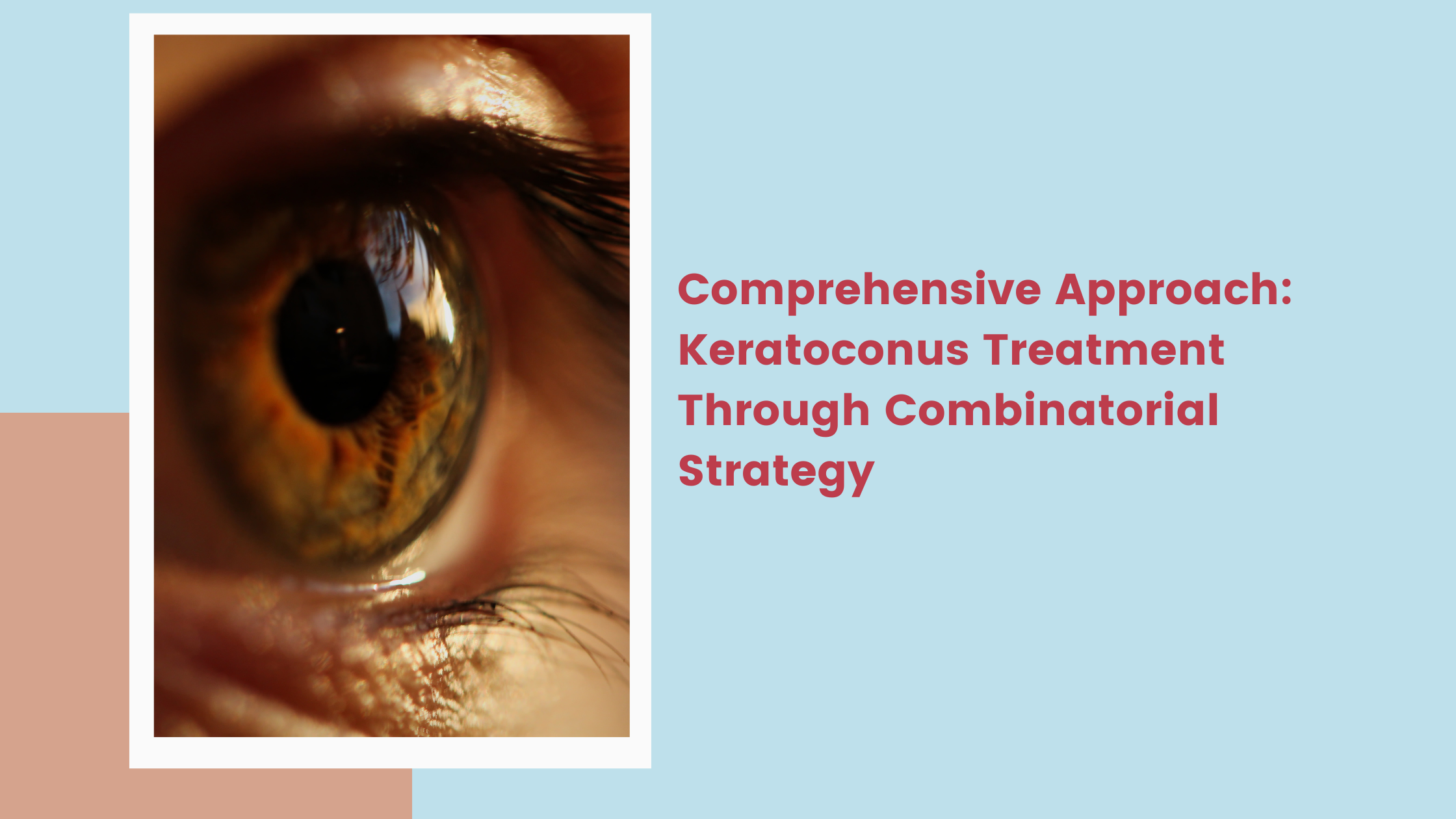Introduction:
Keratoconus, a progressive corneal disorder, poses significant challenges to vision and quality of life. At Clear Vision Clinic, Mumbai, we recognize the importance of a comprehensive approach to managing Keratoconus. In this blog, we delve into the intricacies of Keratoconus treatment, focusing on the effectiveness of combining various therapeutic modalities to optimize outcomes for patients.
Understanding Keratoconus:
Keratoconus involves the progressive thinning of the cornea, leading to a conical shape and visual disturbances such as double vision, astigmatism, and light sensitivity. While glasses and soft contact lenses may suffice in the early stages, advanced cases require specialized interventions to stabilize the condition and improve visual function.
Treatment Modalities:
Corneal Cross-Linking (CXL):
Corneal cross-linking has emerged as a cornerstone in Keratoconus management. Studies have demonstrated its efficacy in halting disease progression by strengthening corneal collagen fibers. Both epithelium-off and epithelium-on techniques are utilized, offering patients options tailored to their needs.
Intracorneal Ring Segments (ICRS):
Intracorneal ring segments, such as Intacs, are implanted to reshape the cornea and improve visual acuity. They are particularly beneficial for individuals with progressive Keratoconus or those intolerant to contact lenses. Long-term studies have shown stability and improved visual outcomes with ICRS implantation.
Combined Approach:
Corneal Cross-Linking and Intracorneal Ring Segments:
The synergistic effects of corneal cross-linking and intracorneal ring segments offer a promising treatment paradigm for Keratoconus. By addressing corneal stability and reshaping simultaneously, this combinatorial strategy aims to optimize visual outcomes and long-term corneal health.
Studies Supporting Combined Approach:
Research studies have evaluated the outcomes of combining corneal cross-linking and intracorneal ring segments in Keratoconus management. While the ideal sequence of surgeries remains debated, evidence suggests favorable results with adjunctive use. Patients may experience improved corneal topography and visual acuity without an increased risk of complications.
Advantages of Combinatorial Strategy:
- Enhanced corneal stability and reshaping
- Improved visual outcomes
- Reduced risk of disease progression
- Potential for long-term preservation of corneal integrity
Corneal Collagen Cross-Linking (C3R):
Clear Vision Clinic offers Corneal Collagen Cross-Linking with Riboflavin (C3R), a minimally invasive procedure specifically designed for Keratoconus treatment. C3R strengthens corneal collagen fibers, stabilizing the cornea and preventing further deterioration of vision.
Procedure Details:
– C3R treatment involves the application of Riboflavin solution followed by controlled UV light exposure.
– Both epithelium-off and epithelium-on techniques are available, catering to individual patient needs.
– Advantages include strengthened corneal structure, reduced cone shape, and relief from progressive ectasia.
Conclusion:
The management of Keratoconus requires a multifaceted approach tailored to each patient’s unique needs. At Clear Vision Clinic, Mumbai, we advocate for a combinatorial strategy encompassing corneal cross-linking, intracorneal ring segments, and other therapeutic modalities to achieve optimal outcomes. With our expertise and commitment to innovation, we strive to enhance vision and improve quality of life for individuals living with Keratoconus. Contact us today to learn more about our comprehensive Keratoconus treatment options.




